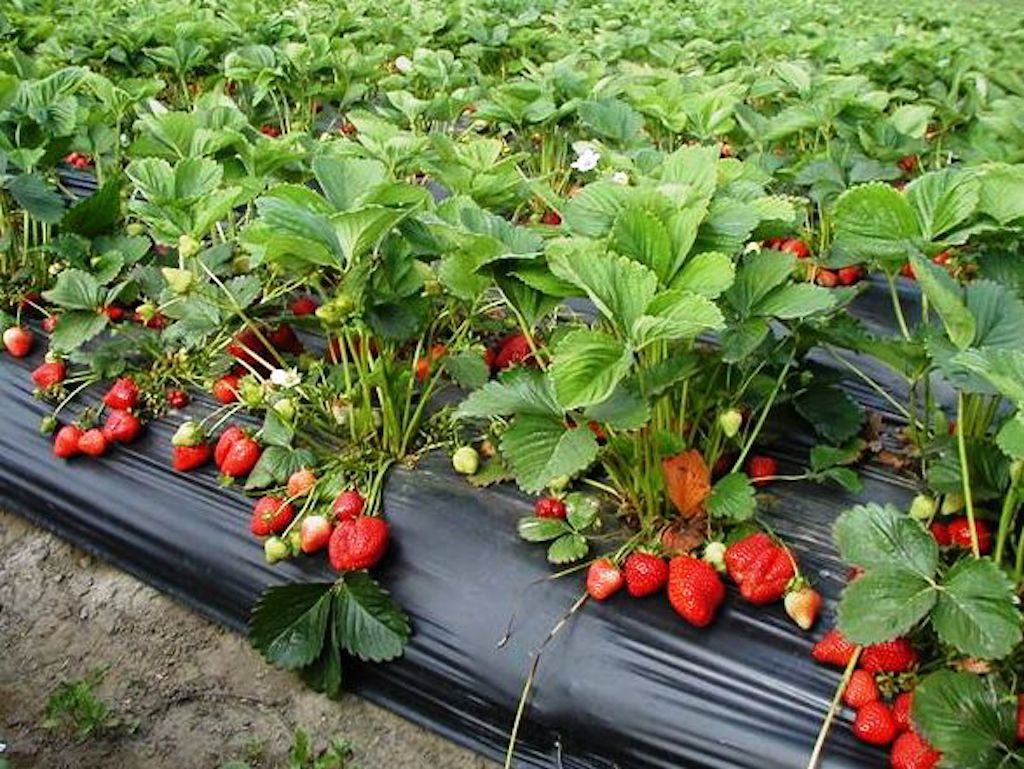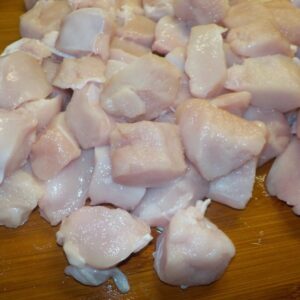

Strawberry-Plant
$15.00
Strawberries need at least 8 hours of full sun each day, and they prefer slightly acidic soil with a pH between 5.5 and 6.8. If soils in your area are naturally alkaline, it is best to grow strawberries in half-barrels or other large containers filled with premium quality potting soil, like aged compost-enriched Miracle-Gro® Performance Organics® All Purpose Container Mix. Strawberries may also sulk in heavy clay, which should be generously amended with composted leaves, fully rotted sawdust, or Miracle-Gro® Performance Organics® All Purpose In-Ground Soil—like the Container Mix, it contains high-quality aged compost—before planting strawberries. After mixing in 4 inches or more of compost, rake clay soil into raised mounds to further improve drainage. If your soil is sandy, simply cultivate to remove weeds, and mix in a 1-inch layer of rich compost or rotted manure.
Many varieties of strawberries eagerly produce offspring, so it is best to space them 18 inches apart. There are a few varieties, though, that produce few if any runners; these can be spaced 6 inches apart. (Check the plant tag for exact details on spacing.) Be sure to set the plants so that their roots are well covered with soil but the central growing bud, or crown, is exposed to light and fresh air. This is very important: If you bury the crown, the plant could easily rot. Water them well. Any type of mulch – from black plastic to pine straw to shredded leaves – will keep the soil moist and the plants clean. Fertilize with Miracle-Gro® Performance Organics® Edibles Plant Nutrition Granules for excellent results. This plant food works in tandem with great soil to provide just the right environment and nutrition for strong growth. Look for your plants to begin blooming in early spring, and the flowers must be visited by bees and other pollinating insects before they can set fruit. In warm, sunny weather, berries ripen about 30 days after blossoms are fertilized.
June-bearing varieties such as Allstar bear all at once, usually over a period of about 3 weeks. Although called June-bearing, these bear earlier than June in warm climates.
Everbearing varieties like Quinault produce a big crop from spring flowers, set light flushes of fruit through summer, and then bloom and bear again in late summer and fall.
Day-neutral varieties produce fruit continually throughout the season, until the first frost. They are not sensitive to variations in the amount of daylight like other types of strawberries are.




Reviews
There are no reviews yet.